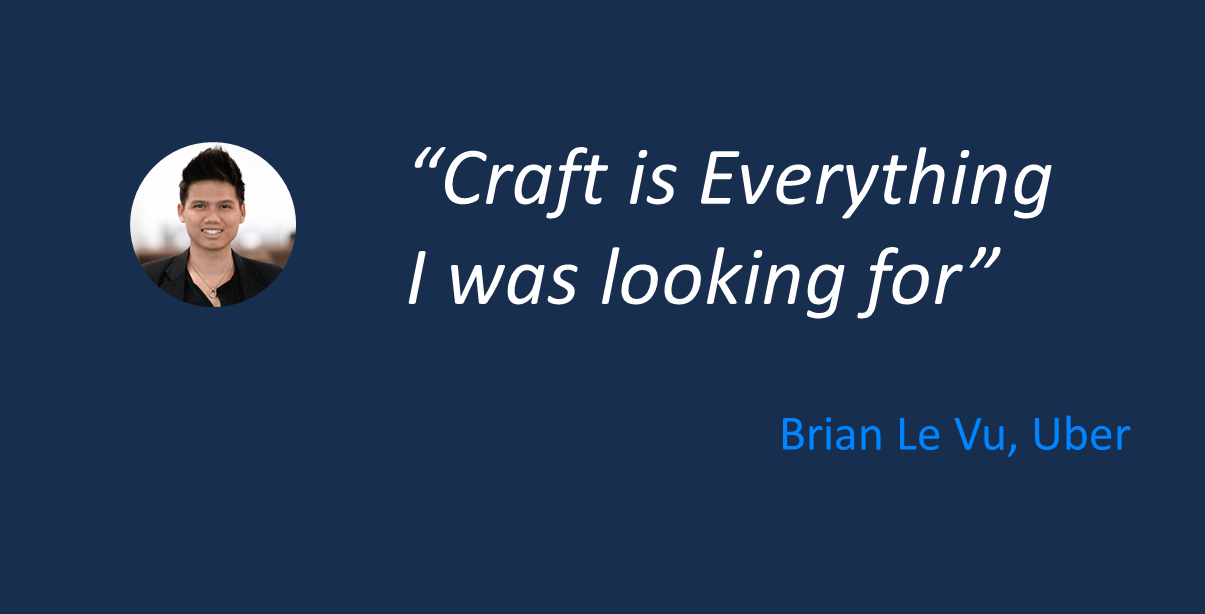Home > Blog > Getting Your Customers to Write Awesome Testimonials
Getting Your Customers to Write Awesome Testimonials

Why are testimonials so important and desirable in the early days of rolling out a new product? Simple: they are our way of establishing credibility and reliability, as a vendor. The more recognizable our customers, the more it reflects on us as a serious software provider.
That said, giving good reviews to a vendor is a courtesy, not an obligation. A thorough testimonial (the kind we want) may be time consuming, and we don’t want to nag our customers and antagonize them by piling more work for them. So how do we go about it?

Get more testimonials by simply asking for them
One of the best known secrets in the digital marketing trade is that you’ll get more Facebook shares and Likes if you simply ask for them. That goes for testimonials as well – don’t assume marketing automation and periodical pop ups will do the trick.
You need to reach out personally and ask customers for a lengthy review. Most customers won’t say ‘no’, but we do want the best version of their opinion on the product, and so we need to make sure the timing and circumstances are perfect. We’ll get to that.
A good testimonial showcases the product’s value
One of the things I’ve learned over time is that it is really important to get reviews from users who got a lot of value from the product. What do I mean? Tangible value, preferably quantifiable. Customers who are able to show with rates, graphs or numbers how your product improved their service/product – will end up being your best evangelists.
Another thing I look for in customer reviews – is an in depth review of the software’s capabilities. Power users are phenomenal for that: the early adopters who are not afraid to beta test new features are normally the ones who know your software inside out, and that will reflect in their review.
Don’t be shy about providing guidelines
It’s safe to assume that most users don’t have testimonial templates saved in their Chrome booksmarks. It’s important to provide context, frame the review and provide a simple structure for what you are asking of your customers.
But that’s not the only reason: providing customers with guiding questions also helps you frame the testimonial in the shape of the advantages you want the reviews to highlight. This is your opportunity to present differentiators over your competition, highlight your best features and show the best sides of your software.
Timing really is everything
If you could measure customer satisfaction per positive reviews, you’d find an insanely high correlation. It makes sense: when are you most likely to provide a good opinion of something? When you’re happy and feel like things are going your way.
How can we leverage that to our benefit? Simple: catch your users when they are most satisfied with your software – after they’ve reached a performance landmark or accomplished a certain task.
If we take Craft as an example, that moment would be sometime after a user invited other users to join her (indicating a certain level of commitment to Craft), or after they’ve created their first visual product roadmap.
Set the (right) stage
Before you go ahead and ask your customers for a testimonial, make sure you know where you want them to publish it. If you’re asking yourself “why not just ask them to send me an email?” – think of popular software review platforms your product may be listed on, like Capterra or G2Crowd.
Why is that important? Because, while you embed Capterra reviews in your own website – you can’t post reviews from your website in Capterra, as another platform user. Users looking for software reviews often research those platforms, and so it’s important to maintain a presence on the main ones.
That time we got an review from Uber
What you do with the testimonial afterwards is just as important as getting it. Make sure to use good testimonials as part of your marketing materials and place them strategically on the website/ lead generation channel – they speak louder than any fancy remarketing banner.

If you`re looking for a good Scrum management app check craft.io – best tool for Product manager to build beautiful products

